Congratulations!
You’ve worked incredibly hard to earn your teaching credential (or you’re starting out as an intern teacher while you earn your credential), and now, as a first-year teacher, it’s time to put all that knowledge into practice. You finally have your own classroom—a space you get to make your own and shape around your teaching style.
But here’s the truth: credential programs can’t teach you everything. That’s where veteran teachers come in—to share their real-world experience and the lessons they’ve learned along the way.
I won’t sugarcoat it—your first year will likely be one of your toughest. I know that’s not the most encouraging thing to hear, but going into this with realistic expectations and a strong mindset will serve you far better than being caught off guard.
You’re stepping into a new classroom, with new students, new paraprofessionals to lead, no established routines or lesson plans, and a school system you’re still getting to know. On top of all that, you’re working in special education—a field where no two classrooms are alike, and no one-size-fits-all advice exists. It’s a lot.
But here’s the good news: your role is incredibly important. As a special education teacher, you’ll have a profound impact on the lives of your students, both academically and personally. To help you start strong, here are some tips for navigating your first year in special education.
Don’t prep too many resources yet
I’ve made this mistake myself—and I know I’m not alone. Many veteran teachers have done the same thing. You’re excited and eager to feel prepared, so you start creating and printing resources well before the school year begins. It feels productive, and you want to hit the ground running.
But here’s my advice: if you can, wait. Give yourself time to actually meet your students and get to know their strengths, needs, and learning styles first. In special education, especially, one size rarely fits all. The beautifully laminated materials you spent hours prepping—or the ones you spent your own money on—might turn out to be too advanced, too overwhelming, or just not quite right for your group.
Instead, focus that early energy on organizing your space, familiarizing yourself with your IEP caseload, and setting up flexible systems that can be adapted once you know more.
Get to know your students
As you ease into those first few days, take the time to learn about each student—their strengths, challenges, and interests. That insight will be invaluable as you begin planning instruction and developing IEPs that truly meet their individual needs.
The most effective preparation is the kind that adapts to the unique students right in front of you. With that in mind, I recommend focusing your energy on prepping materials for the first week of school that are highly flexible and differentiated across a range of ability levels. This will give you the opportunity to observe and assess your students while keeping them engaged.
Keep scrolling for ready-to-use materials designed to help you get started that first week!
SCHOOL CALENDAR/EVENTS
If your school provides a calendar with important dates—such as holidays, professional development days, and school events like prom—start by writing all of those down on your personal calendar. Having these dates in front of you will make it much easier to begin mapping out your lesson plans, community outings, field trips, special projects, and more. It’s a simple step that helps you plan with the big picture in mind.
IEP SUMMARY
Gather all your students’ IEP due dates, triennial reevaluations, and progress report deadlines, and record them in one central place—like a calendar or planner. It’s also helpful to create a one-page overview listing all the key dates by month. This gives you a quick visual reference and helps you stay ahead of upcoming deadlines throughout the year.
Download this FREEBIE iep summary/organizer to help you get started.
CLASSROOM DECORATIONS
This is one of the fun parts of teaching—if you’re into it! Decorating your classroom can help create a welcoming environment for both students and staff. But before you start printing labels, hanging posters, or adding decor, there are a few important things to keep in mind:
Your Classroom Doesn’t Need to Be Pinterest-Perfect
Let’s be real: many of the classrooms you see on social media look beautiful, but they’re often unrealistic—especially on a teacher’s budget—and can feel overwhelming. If your room doesn’t have trendy décor or a matching theme, that’s absolutely okay. What matters most is the learning, not how the classroom looks.
Labels = Greater Independence
Using labels can make a big difference in how smoothly your classroom runs. Labeled supplies help keep things organized and more accessible for everyone. You don’t have to label everything, but consider labeling frequently used materials. In a life skills setting, even labeling obvious items (like “spoon” or “microwave”) can be beneficial as vocabulary visuals and functional literacy tools.
Colors & Theme
Think about the age and developmental level of your students. If you teach older students, choose themes or decor that reflect their age respectfully. When it comes to color, personal preference plays a role—but keep in mind that calming, muted tones tend to be less visually overwhelming than bright, high-contrast palettes.
Many students with autism or intellectual disabilities can become overstimulated by too much visual input. Busy walls, bright colors, or excessive decorations can quickly become distractions during lessons. It’s okay—even beneficial—if your room looks simple or “plain.” You don’t need to fill every inch of wall space.
Final Tip: Less Is More
A clean, uncluttered classroom supports focus, reduces sensory overload, and gives you room to grow and adapt as the year goes on. Start simple and don’t worry about having your room “finished” by the first day. You can always add more later as you learn what your students respond to best.
Here are some age-respectful decor/label sets using neutral colors:
Collaborate with colleagues
Build strong partnerships with fellow special education teachers, general education teachers, and support staff to ensure your students get the support they need to thrive. Collaboration not only helps create a consistent, well-rounded experience for your students, but it also keeps you informed on effective strategies and current best practices in the field of special education.
LESSON PLANS
First things first: it’s completely okay if you don’t have the entire school year—or even the first month—planned out before day one (unless you’re in a state or district that specifically requires it).
Lesson planning in special education is not a one-size-fits-all process, so I can’t hand you a polished, year-long plan that will work for everyone—and honestly, no one should. Your plans will (and should) look different based on your students’ ages, academic levels, IEP goals, learning styles, and the resources available to you.
To start, check in with your administrator to see if your school provides a curriculum. Depending on what’s available, you might have a solid foundation—but more than likely, you’ll still need to supplement with additional materials to meet your students’ diverse needs. It’s incredibly rare to find a curriculum that checks every box, especially in special education.
At my school, most special educators use the Unique Learning System and News2You as our core curriculum. It’s a strong, differentiated program that covers functional academics, life skills, and vocational prep. But even with that, I often supplement using resources from sites like TeachersPayTeachers, where I can find materials tailored to specific IEP goals and classroom needs.
The bottom line: don’t stress about having it all figured out from the start. Build as you go, based on what your students actually need.
Here are two free scope & sequences with links to recommended resources to help you start getting started.
Utilize your paraprofessionals
If you’re working with paraprofessionals who have been in the classroom before or already know the students on your caseload, take the time to talk with them. They can offer valuable insights into each student’s strengths, preferences, and challenges—information that will help you make more informed planning decisions.
You can also involve your paras in preparing materials or ask what they’ve previously worked on to get a better understanding of your students’ current levels.
If possible, meet with your paraprofessionals before the first day of school—or at least before students arrive—to set clear expectations, assign responsibilities, and explain how you’d like routines and new systems to be handled. Starting the year with strong communication and clear roles makes a huge difference.
Check out this blog to build a positive relationship with your paras.
Keep organized
Special education teaching comes with many moving parts—paperwork, meetings, data collection, and more. Staying organized is key to managing it all effectively. Whether you prefer a paper planner, digital tools, or a mix of both, it’s important to find a system that works for you.
To help you get started, here are some free resources to kick off your organization game!
Build relationships & communicate
Building strong, positive relationships with your students and their families is essential for creating a supportive and successful learning environment. Consistent communication with parents and guardians goes a long way.
You don’t need to reach out every single day, but try to connect with families beyond just mandatory updates or when something goes wrong. A quick message to share a small success or positive moment can build trust and show that you truly care about their child.
To help you get started, below you’ll find a free Meet-the-Teacher newsletter you can send home on the first day of school, along with a presentation template for open house or back-to-school night.
Be flexible
Flexibility is essential when working with students with special needs. Their abilities, behaviors, and support needs can shift throughout the year—or even day to day. Be open to adjusting your teaching strategies, routines, and lesson plans as needed to meet each student where they are. Being adaptable not only supports student growth but also helps you respond effectively to the dynamic nature of a special education classroom.
Seek professional development
There’s always something new to learn in the world of special education. Staying current with professional development opportunities can help you keep up with the latest research, strategies, and best practices to better support your students.
Looking for real-world insight? Be sure to check out all of my blog posts! You’ll find tips on how I run my classroom, structure lessons, and stories from other educators that can help guide and inspire your own teaching journey. Browse blogs here.
Take care of yourself
Teaching in special education can be both deeply rewarding and incredibly demanding—emotionally, mentally, and physically. That’s why prioritizing self-care isn’t a luxury; it’s a necessity.
Make space in your routine for things that recharge you—whether that’s a hobby you love, regular exercise, quiet downtime, or connecting with others. And remember, it’s okay to seek support from colleagues, mentors, or a counselor when you need it.
Looking for ways to take better care of yourself throughout the school year? Check out these teacher self-care tips to help you maintain balance and avoid burnout:
Here’s the perfect bundle to start your year off right:
-
Product on sale
 First Week of School Secondary Special Education BUNDLEOriginal price was: $141.99.$99.99Current price is: $99.99.
First Week of School Secondary Special Education BUNDLEOriginal price was: $141.99.$99.99Current price is: $99.99.
Thanks for reading!

You might also enjoy reading:
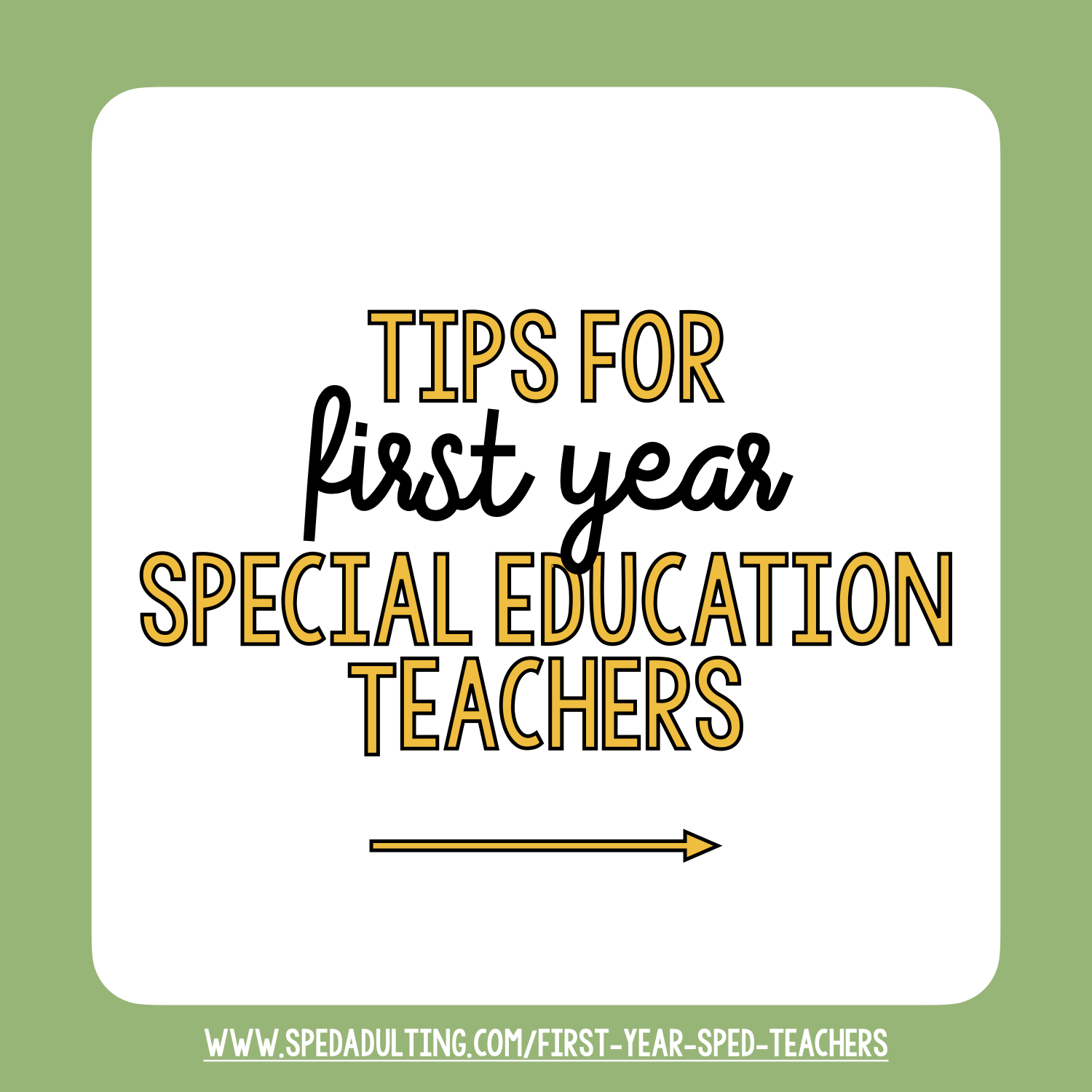


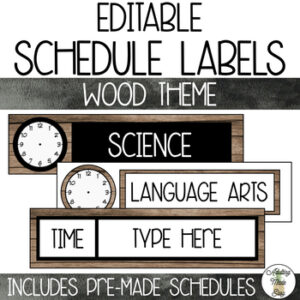
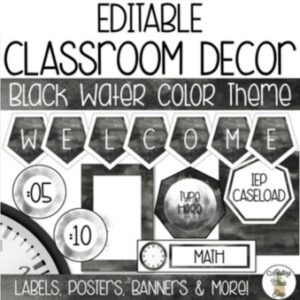
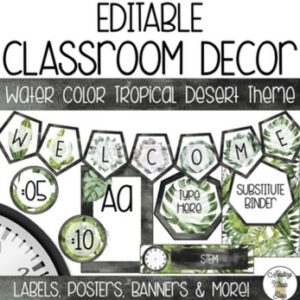
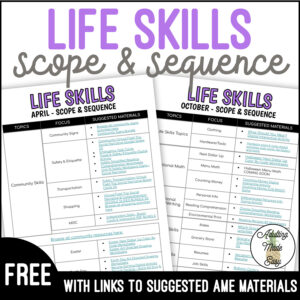
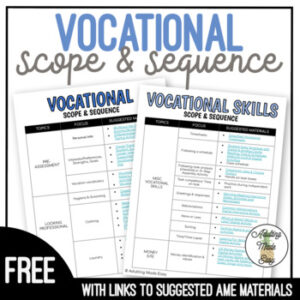
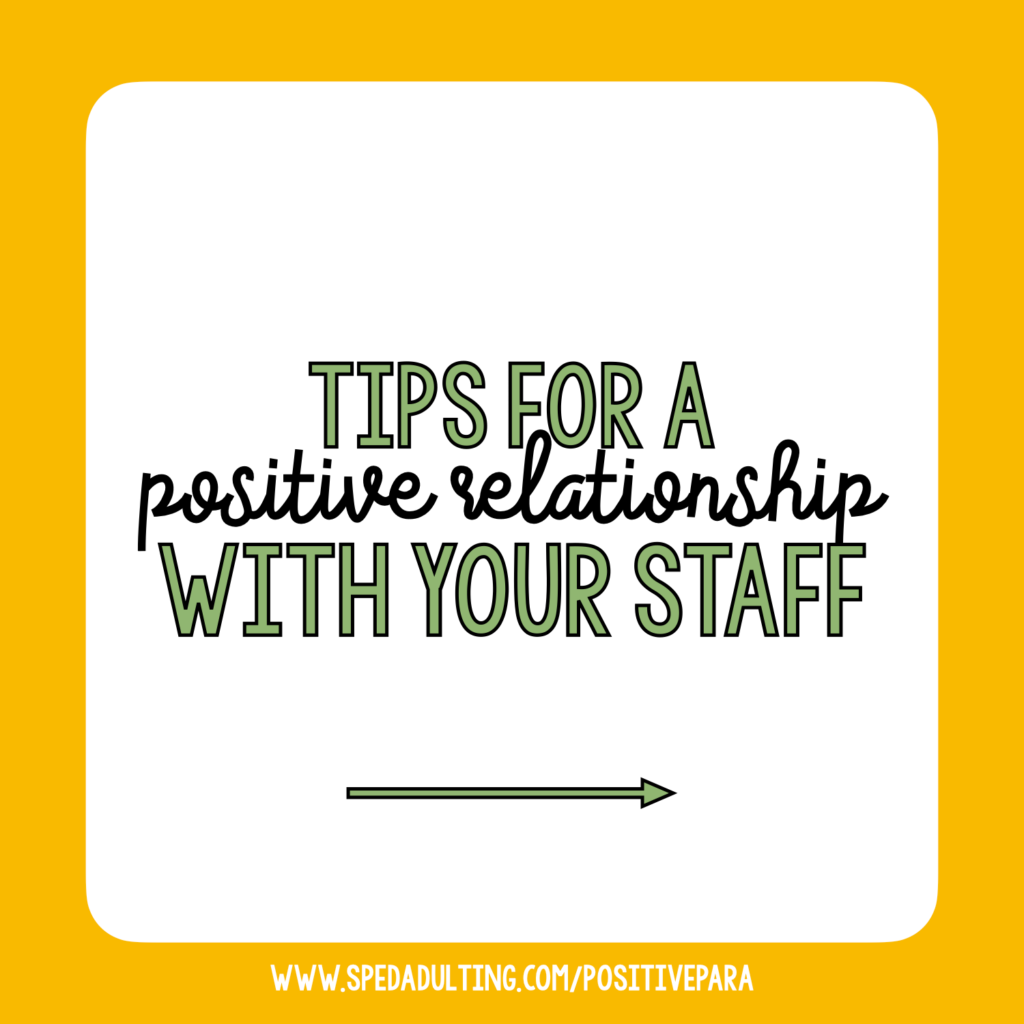

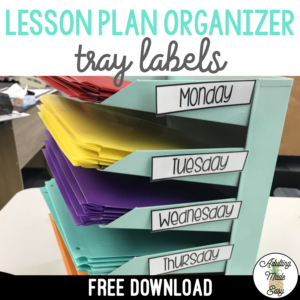
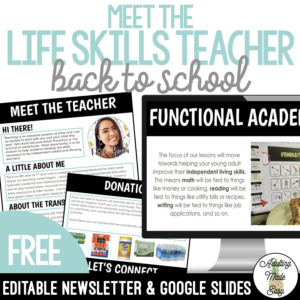





So helpful that I’ve shared this post with all of my sped friends that I graduated with. Advice from veteran teachers should have been a college course itself! Thanks so much for compiling this list of articles 🙂